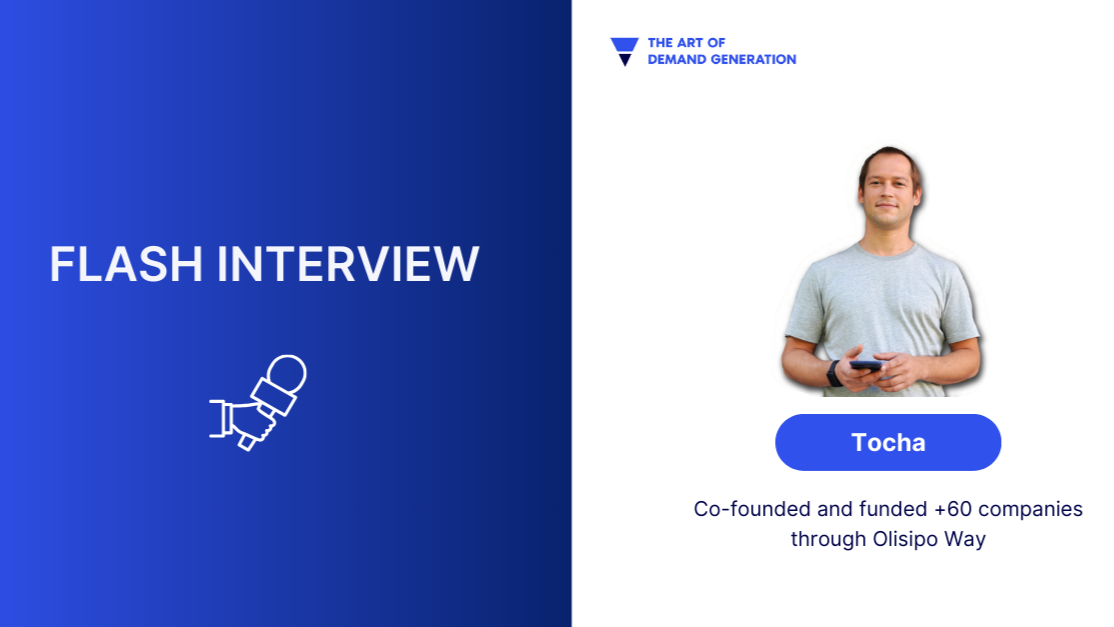
3 Questions for Tocha on Common B2B SaaS Fundraising Mistakes
1. What are the most common and critical mistakes you've seen B2B SaaS companies make when pitching for fundraising?
Talking too much and not allowing the investor to ask questions or gather feedback. Founders get caught up in every product detail and feature. But investors don't care about features. They care about impact, distribution, leverage, and the team. Not being able to explain the problem you're solving in a single sentence is a red flag to me.
Another is vanity metrics: "We've got eleven interested companies!" but no one's paying. I prefer to see fewer companies but revenue or a clear path to it. Don't over-promise but over-delivery. Sentences like "We're going to be the next Salesforce." Investors want ambition, but they can smell delusional, and that's a big red flag. Focus on solving a real problem with clear traction, not sounding like you don't know what you are talking about.
I would say pitch the problem, not the product. If an investor can see that your solution addresses a pain they agree on, you're halfway to a deal. The other half is to keep it short and grab as much value from the other side.
2. For a SaaS business, the difference between being a 'nice-to-have' and a 'must-have-now' can determine success or failure. What red flags suggest that a product is merely a nice-to-have?
If your customers can live without you, you're a nice-to-have. If you're talking to your leads and they say, "Yeah, that's cool, but we're not in a rush," you've got a problem. Fundamental must-haves solve urgent pains. They make companies more money, save time, or cut costs in a way that seems urgent to them. This means they want the product as fast as possible. And don't make excuses.
If your sales process drags on for months, and they're still "thinking about it" you're likely in the nice-to-have territory. Urgent problems get solved quickly.
If your product doesn't make or measurably save your clients money, it's hard to argue you're a must-have. Features are great, but ROI is king.
Word of mouth is a good indicator. If your users aren't telling their colleagues they need you, that's a sign your product isn't mission-critical.
If you tell your client you are thinking about shutting everything down and, it causes him severe pain. That's the sweet spot.
3. How do you define product-market fit in the context of B2B SaaS, and what are the leading indicators that tell you a company has truly achieved it?
You don't find product-market fit. It finds you. When you're there, you know it. It's when customers are banging down your door, churn drops aggressively, and you spend more time onboarding new clients than pitching investors or thinking about go-to-market strategies.
Other indicators are people sticking around and renewing without hesitation. Or your customers refer you to others because they trust your product enough to stake their reputation.
When you've got product-market fit, the market starts pulling you, not vice versa. Until then, keep iterating, talking to customers, and obsessing over the problem you're solving. The magic happens when the product stops being yours and starts being theirs.